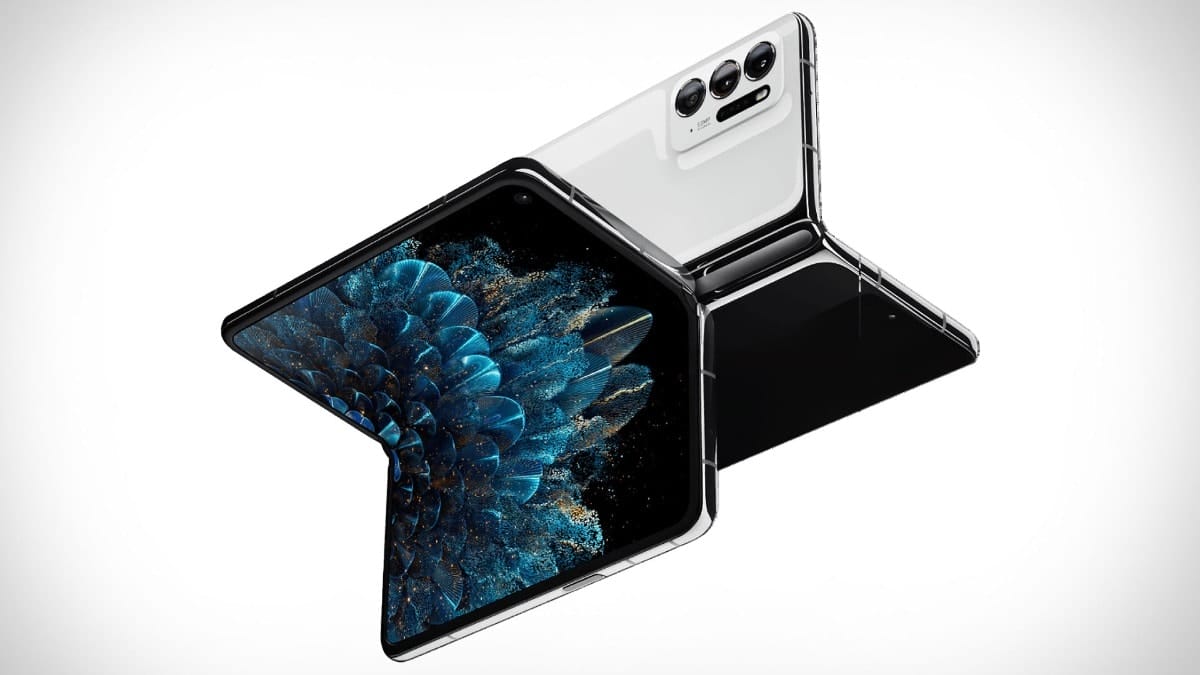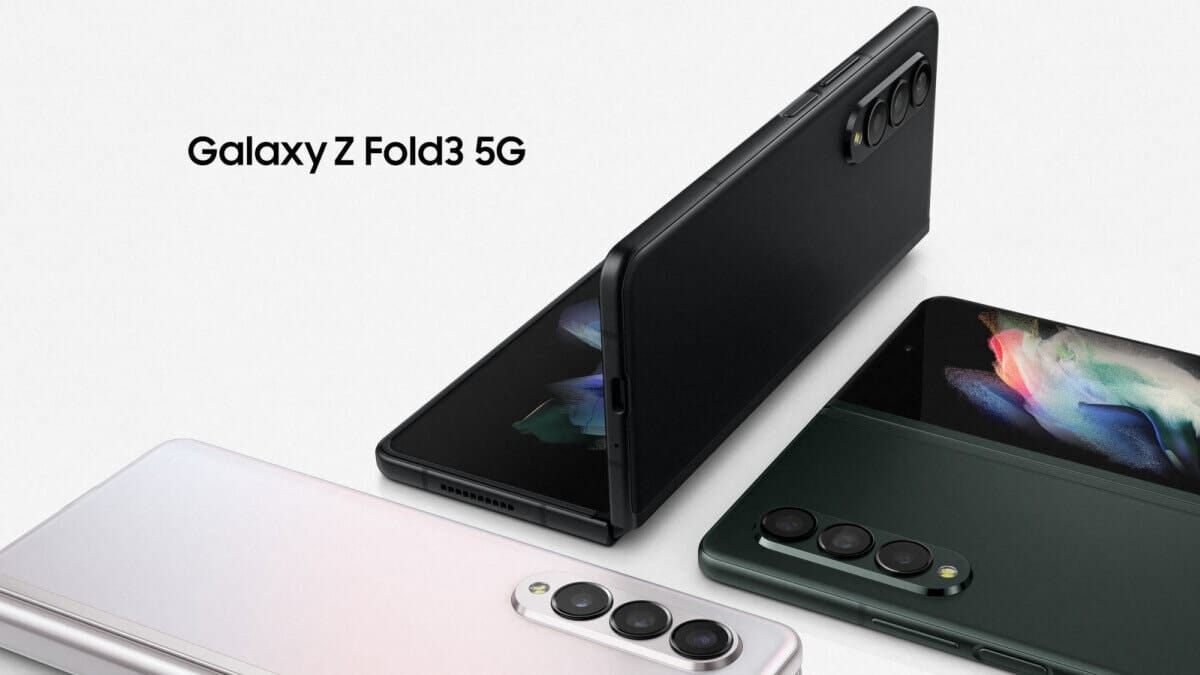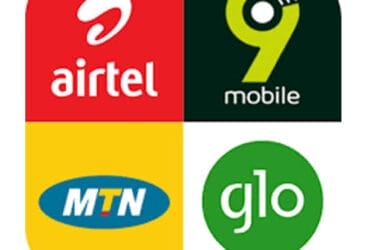Samsung has had a strong grip on the foldable smartphone market for quite a while, but is all of that slowly coming to an end?
The foldable smartphone market is mainly made up of devices built with the ability to fold in half. This unique ability makes the smartphone act as a regular phone when folded and a tablet when unfolded.
In the recent past, smartphone manufacturers were not willing to tow this route. Except Samsung. It took a big leap and headed to its lab to design a foldable smartphone. The efforts of Samsung paid off and it launched its first foldable smartphone, the Galaxy Fold, on the 6th of September 2019. This device stole the spotlight at MWC 2020, as attendees trooped in to behold the folding glory of Samsung’s new device. This device easily put Samsung on cruise control in the foldable smartphone market because there was little or no competition. Until a few years later.
Samsung wasn’t the first and may not be the last either

At the launch of the Galaxy Fold, other smartphone manufacturers that attempted to make a foldable device failed woefully. Royole Flexpai, which was the first available foldable smartphone, lacked a lot in terms of design and folding mechanism. These areas the Galaxy Fold made up for. The like of Royole is on the list of companies that tried to make a foldable as widely accepted as the Galaxy Fold. But while Royole was unbeatable compared to the Samsung Fold, bigger opponents that Samsung needed to look out for were coming for the foldable smartphone market.
Huawei’s first shot at making a foldable smartphone was sleek and made Samsung rethink its approach to the already existing foldable smartphone design. The Huawei Mate X was slimmer than the Galaxy Fold, it had a larger and more usable screen when folded, it had a bigger screen when unfolded and the list goes on. Samsung’s control of the foldable market was still intact, although Huawei’s foldable was better than the Galaxy Fold. This control stayed with Samsung due to its more acceptable folding mechanism, Samsung’s fold bent inward when folded, but Huawei’s bent outward, hence exposing the large screen to scratches and forceful impact.
Huawei and Royole shared a similar folding pattern (outward folding), but Huawei’s execution of this mechanism beat that of Royole. Even on the launch of Huawei’s second foldable, the Mate XS they still stuck to the idea of folding a smartphone outwards instead of inwards. While Huawei remained unwilling to change its idea of folding a smartphone, Samsung launched its second foldable, which corrected some flaws present in the original Galaxy Fold. With the Galaxy Z Fold 2, Samsung added a taller out-facing screen and brushed up the internal selfie camera setup. Yet these changes or upgrades were not still enough to save it from what was coming!
The Dilapidation Of Samsung’s Grip On The Foldable Smartphone Market

Samsung’s control of the foldable market was still intact, and it grew stronger at the launch of the Galaxy Z Fold 2. But just a few months after the launch of the Fold 2, Huawei launched its new foldable smartphone, the Mate X2. The Huawei Mate X2 crushed Samsung’s already existing foldable smartphones in lots of ways.
With this new foldable from Huawei, the company finally accepted and used the idea of an inwards folding mechanism as seen on Samsung’s foldable. But Huawei didn’t stop there. They took it a step further by adding a better and crease-free hinge. A foldable smartphone can bend in halves with the help of a hinge and ultrathin foldable glass. The hinge is what helps the smartphone fold and stay in place, but the hinges Samsung uses leave a noticeable crease or bend on the screen of the smartphone, which can be an eyesore. Huawei’s hinge used on the Mate X2 on the other hand leaves no such crease, the mechanism used allows the glass to fold and still be smooth when unfolded.
The Mate X2 seemed like the device to overthrow Samsung from its throne in the foldable market, but it didn’t. Unending sanctions and trade restrictions made it impossible for Huawei to use Google services on the Mate X2. But other Chinese smartphone manufacturers had their eyes on the foldable smartphone market. Xiaomi, for example, launched their foldable Mi Mix Fold which rivalled the Z Fold 2. It had a few flaws that were present on the Galaxy Z Fold 2 like the hinge used. The most recent and very effective blow to Samsung’s control of the foldable smartphone market came from OPPO.
After the launch of the Samsung Galaxy Z Fold 3, OPPO launched its first foldable device on the 15th of December 2021. The OPPO Find N ticked all boxes that Samsung left flaws in, like the hinge problem and a better and more usable form factor. The hinge used on the OPPO Find N has a similar mechanism to that on the Huawei Mate X2, it leaves no crease after being unfolded. Honor also followed through by launching the Honor Magic V, the first foldable with a Snapdragon 8 Gen 1 chipset, which has a solid hinge and an exciting design.
A lot of other phone manufacturing companies have currently set their eyes on the foldable smartphone market, this means more competition. Next month Vivo is set to launch its first foldable device. The gradual rise of competition from other smartphone makers put Samsung’s monopoly of the foldable smartphone market at risk.






